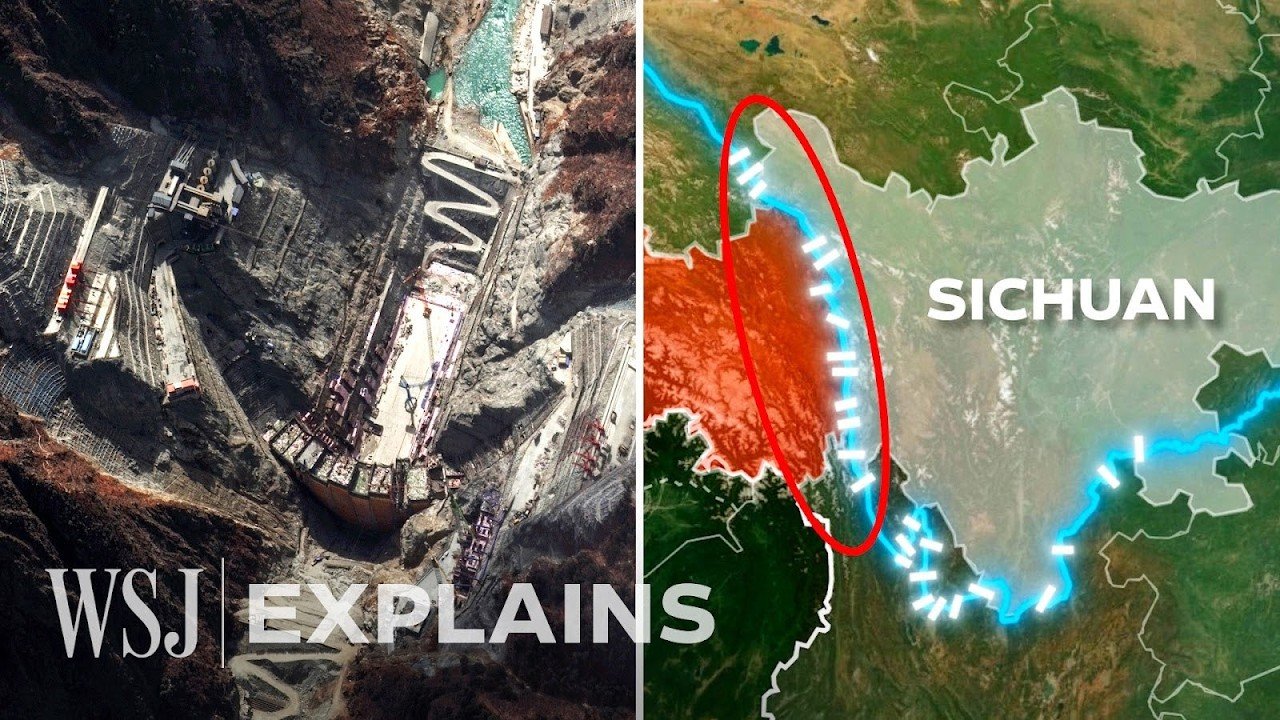- China is constructing a comprehensive network of hydropower stations along the Yangtze River.
- The Baihetan Dam, costing $31 billion, produces 16,000 megawatts, more than double the output of the United States’ largest dam.
- These projects are situated in one of the most seismically active areas, raising concerns about the potential for earthquake-induced damage.
- The development will lead to the flooding of entire Tibetan towns, sparking rare protests in tightly controlled communities.
- Hydropower is central to China’s strategy to achieve its net-zero emissions goals, leveraging the significant hydropower potential of the region.
- The construction efforts are faced with immense challenges due to the geological instability of the region.
- Dams being built on unstable ground in earthquake-prone areas pose a high risk to surrounding ecosystems and communities.
- More than 100 earthquakes were recorded in 2007 alone in the area between the Sichuan Basin and the Jinsha River.
- The construction threatens Tibetan heritage sites, including the possible flooding of the 13th-century Wo Monastery and the destruction of its ancient murals.
- Leaked videos have shown Tibetan protests against the construction, highlighting the cultural and social impact of the dams.
- The Chinese government has not responded to requests for comments on these issues.
The Wall Street Journal is an American business and economic-focused international daily newspaper based in New York City. The Journal is published six days a week by Dow Jones & Company, a division of News Corp.
AllSides Media Bias Rating: Center
https://www.allsides.com/news-source/wall-street-journal-media-bias
Official website: https://www.wsj.com
Original video here.
This summary has been generated by AI.

Leave a Reply